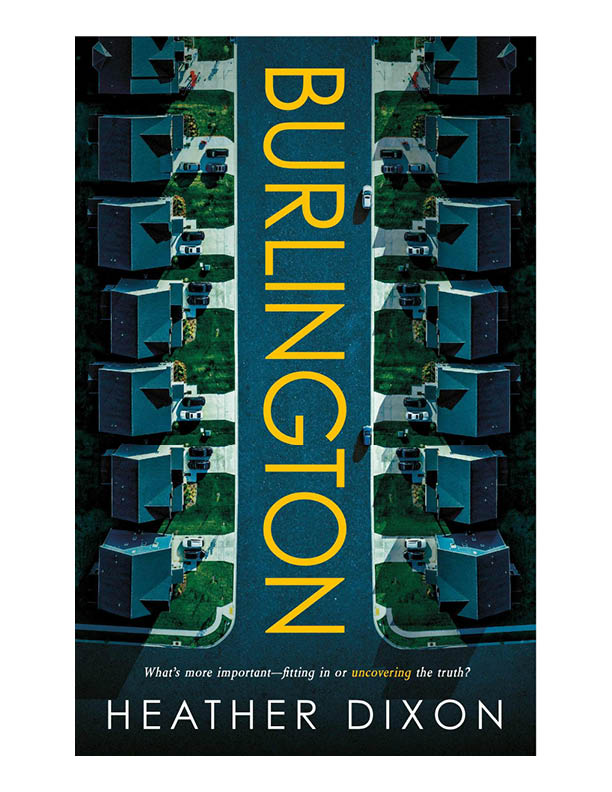Heather Dixon’s debut novel, Burlington, follows a deeply devoted mother as she adjusts to her new life in an ultra-rich neighbourhood.
Mae grows to enjoy her role as a homemaker, despite some obstacles she meets along the way. However, she finds it hard to fit in with other moms. As she is settling into her new life, her first friend disappears.
Mae is then both embroiled in the mystery of her vanished friend and taken aback by the callous indifference of the other members of the community.
One of the most important roles that Mae plays is that of a mother. Dixon has several passages and conversations revolving around motherhood. But it is Mae noticing the magic of her daughters’ mere existence that is most endearing.
When Mae’s older daughter, Ruby, notices her mother’s distress and grabs hold of her hand or when Mae watches Isla on the playground, the reader feels like they are standing just on the other side of the tarmac, watching a mother with her daughters.
Unfortunately, much of the novel is more telling than showing.
The story gets off to a slow start and there is little that happens within the first 20 chapters. While mystery requires suspense-building, the lack of major events occurring verges on frustrating.
This is exasperated with the minimal development of most of the characters. Most characters, including Mae, are not fully developed. Their personalities and motivations remain largely mysterious throughout the book, also impacting the relationships between different characters.
For Mae, much of her personality depends on the fact that she is and always has been an outsider, largely because of her family being low-income when she was younger. But rather than showing the impacts this has on Mae or examples from her past, the focus is more on telling the readers that she was poor and is therefore insecure.
Mae is devastated with the first character’s disappearance, but the reader is not—there is so little development of the relationship between Mae.
Although we are told that Mae’s world is shattered, there was so little interaction between the two of them that it’s really hard to care about her disappearance.
The disappearance of the second character is more impactful, but only because there were more scenes with her in them.
The plot picks up just over halfway through the book, but the climax is underwhelming. The climactic scenes amount to a slightly tense conversation and a scuffle that ends within a few paragraphs.
The resolution is unrealistic, with the consequences to the antagonist being so disproportionately minimal as to be frustrating.
Throughout the novel, Dixon touches on some important topics, such as the role of women in rich communities and the mental health challenges that the women face. However, she stops short of making a point.
In both missing cases, there is the potential to have a serious conversation on mental health, especially when a person appears to have everything that they need.
In a strange nod to diversity, Mae and her friend, Corinne have a conversation about the lack of diversity in Burlington. This conversation is centered on both characters’ discomfort with the homogeneity of the neighbourhood.
Mae’s husband, Drew, “brought up the sameness [in Burlington] late at night once when little ears weren’t listening, but Mae didn’t want to uproot the kids and make them change schools”.
This is uncomfortable because the characters lower their voices and keep the conversation away from their children. It is as if diversity and racism are too complex or sensitive topics for them, or children of colour do not exist in non-white skin every day.
It is commonly accepted that children should learn about systemic issues in a child-friendly way, so this conversation feels a bit outdated.
Rich people of colour exist and can also be a meaningful part of the story. They are also capable of the same mistakes that white people make.
There are examples of stories about rich people of colour such as Sky Castle or Crazy Rich Asians.
It would not be difficult to simply incorporate a character of colour, even if their culture does not factor into the story much. The issue is also never addressed ever again.
While the premise has potential and there are relatable moments in the story, the characters and plot both lack substance. Important topics on which characters could offer insight are awkwardly brushed over and used as plot devices. There could be more work done to better the narration and story.

